SOURCE: IDRW.ORG TEAM

In a significant stride towards self-reliance in defense technology, the Indian Navy has recently signed a procurement contract valued at Rs 2.15 Crores with Radome Technologies, an iDEX winner. The contract is for the procurement of “AI in Aircraft Health Monitoring,” and it underscores India’s commitment to harnessing cutting-edge technology for its naval operations.
The term “Aatmanirbharta” translates to “self-reliance” in English and has been a focal point of India’s defense strategy. It emphasizes the development and procurement of indigenous defense technologies, reducing dependence on foreign suppliers, and bolstering the country’s defense capabilities.
Continue readingSOURCE: RAUNAK KUNDE / NEWS BEAT / IDRW.ORG

In response to increasing maritime tensions and the expanding presence of the People’s Liberation Army Navy (PLAN) in the Indian Ocean Region (IOR), India has unveiled plans to bolster its naval capabilities. These plans include a significant ramp-up of its submarine acquisition program, aimed at modernizing its fleet and maintaining a strong presence in the strategically vital waters of the IOR.
Continue readingSOURCE: RAUNAK KUNDE / NEWS BEAT / IDRW.ORG
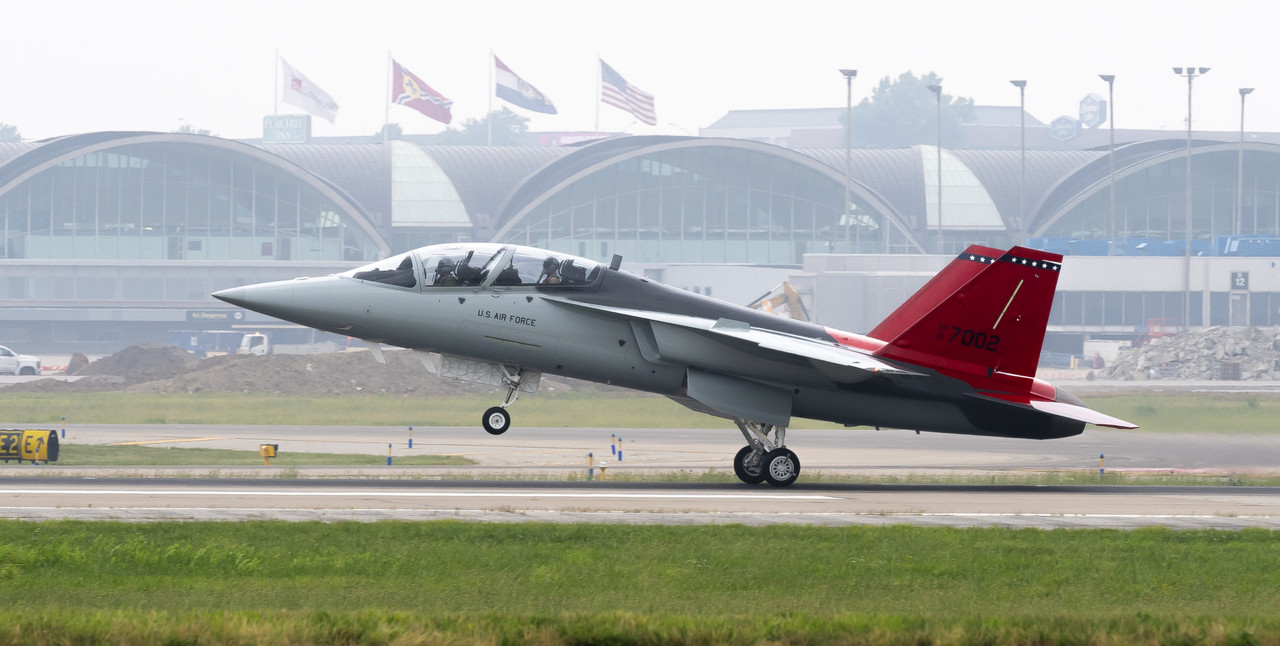
Boeing, a global leader in aerospace, is making significant strides in its partnership with Indian companies as it expands its footprint in the country and is further scouting for more partners in the country that can become part of the T7 Red Hawk trainer program. The latest developments involve contracts awarded to Indian firms Dynamatic Technologies and Rossell Techsys for the Boeing-Saab T-7A Red Hawk program, a milestone in Boeing’s commitment to bolstering India’s aerospace industry.
Dynamatic Technologies has been entrusted with the responsibility of delivering tools crucial to the T-7A Red Hawk program. This partnership underscores the confidence Boeing has in Indian firms’ capabilities to meet the demanding requirements of cutting-edge aerospace projects.
Continue readingSOURCE: RAUNAK KUNDE / NEWS BEAT / IDRW.ORG
The Indian Air Force (IAF) has initiated a significant endeavour to bolster its capabilities by seeking Indigenous Design, Development, and Manufacturing of an Airborne Multi-Constellation GNSS (Global Navigation Satellite System) Receiver and converter. This innovative initiative aims to enhance the performance of airborne platforms, including fighters, helicopters, and transport aircraft, especially during operational missions where navigation and weapon deployment tasks are critical.
The primary objectives of this development are as follows:
Continue readingSOURCE: IDRW.ORG TEAM

In a significant move to boost the production of indigenous Astra MK-I Beyond Visual Range (BVR) Air-to-Air Missiles (AAM), the Indian Air Force (IAF) is exploring the inclusion of a private sector company as a production partner. Bharat Dynamics Limited (BDL), a state-run enterprise, has already received orders for 400 Astra MK-I missiles and associated equipment for the Indian Air Force and Indian Navy. The Transfer of Technology from the Defence Research and Development Organisation (DRDO) to BDL for the production of Astra MK-I missiles has been successfully completed, with production at BDL currently underway.
In response to the IAF’s initiative, DRDO is preparing to replicate the technology transfer process to establish a second production line for Astra missiles. The IAF’s projected order for the second batch is expected to surpass 500 units. This decision stems from the IAF’s desire to replace the Russian-supplied R-77 air-to-air missile across its fleet of 260 Sukhoi-30MKI aircraft, as well as integrate the Astra missile into 120 LCA-Tejas aircraft and 36 Rafale fighter jets.
Continue readingSOURCE: IDRW.ORG TEAM
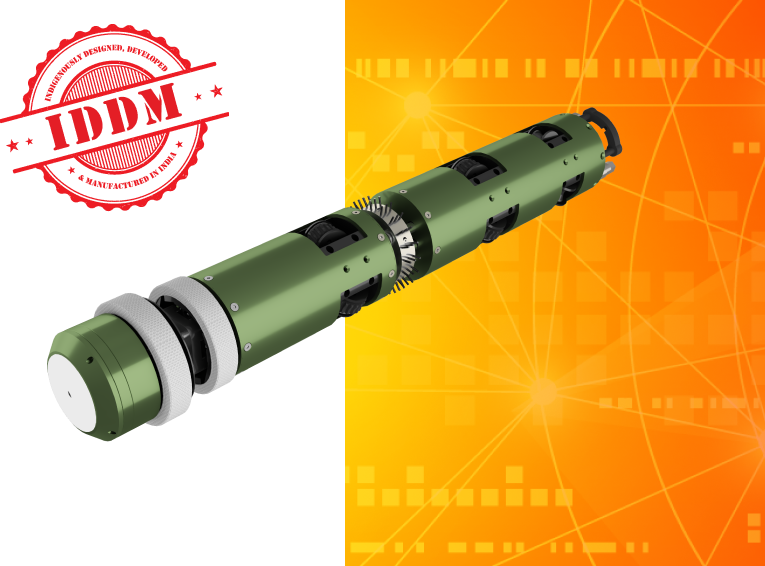
At the ‘Swavlamban’ seminar hosted by the Naval Innovation and Indigenization Organisation (NIIO), Bitmapper Integration Technologies Pvt Ltd unveiled an innovative AI-based hardware and software solution – the Automated Gun Barrel Cleaning and Inspection Robot. This system represents a significant advancement in damage prognosis and health monitoring for large caliber gun barrels, rocket launchers, and torpedo tubes.
The Automated Gun Barrel Cleaning and Inspection Robot is a groundbreaking cleaning and inspection system developed entirely in India. This sophisticated robot combines a variety of sensors, deep learning algorithms, and cognitive computing to perform the critical task of cleaning and inspecting gun barrels with remarkable precision.
Continue readingSOURCE: RAUNAK KUNDE / NEWS BEAT / IDRW.ORG

In a significant move to bolster its artillery firepower and enhance its capabilities in the event of conflict in the region, the Indian Army has embarked on a mission to develop a cutting-edge long-range, mobile, precision rocket system. This initiative seeks to further strengthen India’s defensive capabilities, ensuring it remains well-prepared to address various potential scenarios in the ever-evolving security landscape.
The Defense Research and Development Organization (DRDO) is at the forefront of this project. DRDO has previously showcased its expertise with the development of the Pinaka family of autonomous rocket artillery systems. The Pinaka system has proven highly effective in providing artillery support with precision and reliability.
Continue readingSOURCE: RAUNAK KUNDE / NEWS BEAT / IDRW.ORG

The Indian Army has decided to extend the operational life of the 105 mm Indian Field Gun (IFG) for an additional two decades, ensuring its continued presence in the army’s arsenal. This decision comes as the army modernizes its artillery capabilities, with plans to standardize on 155mm artillery systems.
The 105 mm Indian Field Gun (IFG), originally developed by the Armament Research and Development Establishment (ARDE) in the early 1970s, has proven its reliability and adaptability over the years. While the Indian Army has been in the process of inducting advanced artillery systems like the M777, and Dhanush and upgrading Soviet-era M-46 Field Guns from 130mm to 155mm, the IFG’s unique capabilities make it indispensable in certain operational scenarios.
Continue readingSOURCE: RAUNAK KUNDE / NEWS BEAT / IDRW.ORG

The Indian Air Force (IAF) has taken a significant step towards enhancing its capabilities with the issuance of an Expression of Interest (EOI) for the Indigenous Design, Development, and Manufacturing of a Collaborative Long Range Target Saturation/Destruction System. This innovative initiative aims to leverage the potential of swarm drones to achieve mass and numerical superiority in missions targeting enemy airfields, air defence (AD) systems, and radars.
The envisioned swarm drone system comprises multiple drones equipped to operate effectively in dense electronic warfare (EW) environments. These drones are designed with autonomy in navigation, target selection, and evasion, enabling them to undertake missions at long ranges exceeding 1000 kilometres from the launch base.
Continue readingSOURCE: IDRW.ORG TEAM
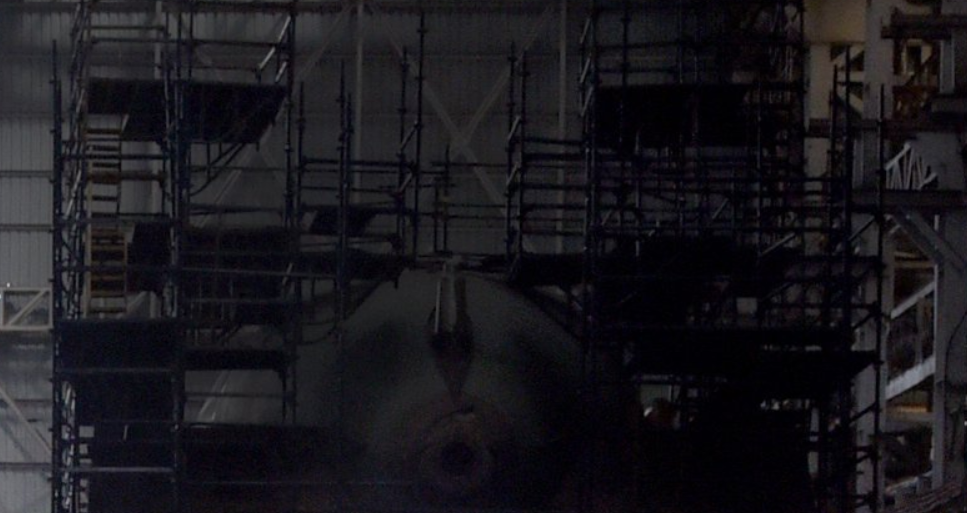
Mazagon Dock Shipbuilders Limited (MDL) recently provided a glimpse of its ongoing Indigenous Midget Submarine program during a visit by a delegation from the 63rd NDC Naval Course to the MDL facility. This development comes on the heels of a significant milestone earlier this year when MDL successfully pressure-tested the prototype hull of the Midget Submarine as part of a proof-of-concept.
The upcoming MS-X02A Midget Submarine represents a cutting-edge stealth-based platform with minimal acoustic and electromagnetic signatures, emphasizing operational secrecy and efficiency. Equipped with state-of-the-art SONAR, GPS, Inertial Navigation System, and Communication systems, the MS-X02A showcases India’s leading position in submarine technology.
Continue readingSOURCE: IDRW.ORG TEAM
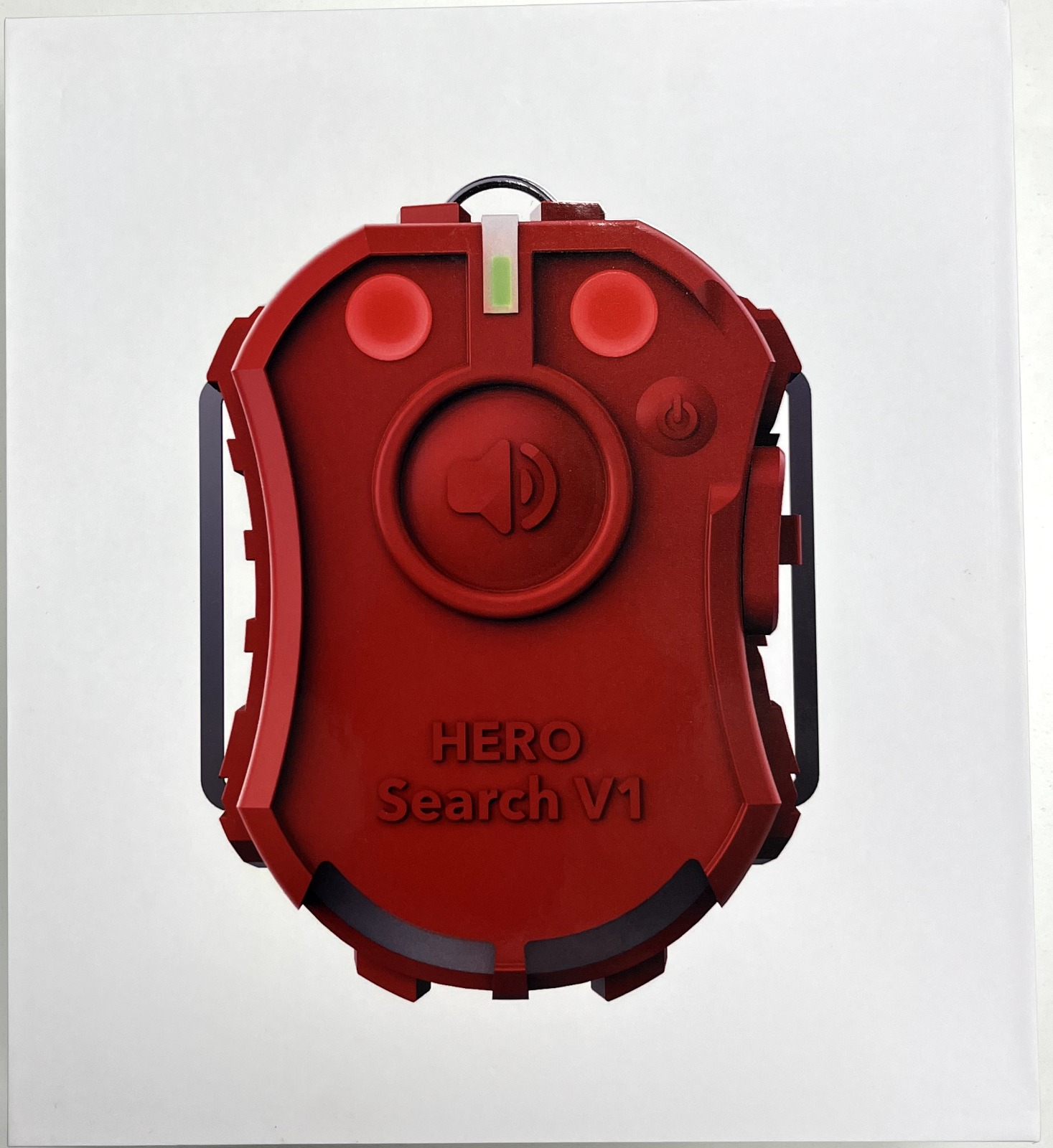
At the inaugural ‘Swavlamban’ seminar hosted by the Naval Innovation and Indigenization Organisation (NIIO), Pareto Tree Private Limited emerged as a beacon of innovation in the realm of naval safety. Their groundbreaking creation, the Hero Search – Personal Alert Safety System (PASS), has garnered attention for its potential to transform safety protocols in challenging environments.
The Hero Search PASS, developed indigenously by M/s Pareto Tree, leverages advanced motion-sensing technology within a moving vessel to detect falls and promptly alert for assistance. This revolutionary device, specifically designed for firefighters and damage control teams deployed on frontline warships and submarines, has the potential to save lives in critical situations.
Continue readingSOURCE: RAUNAK KUNDE / NEWS BEAT / IDRW.ORG
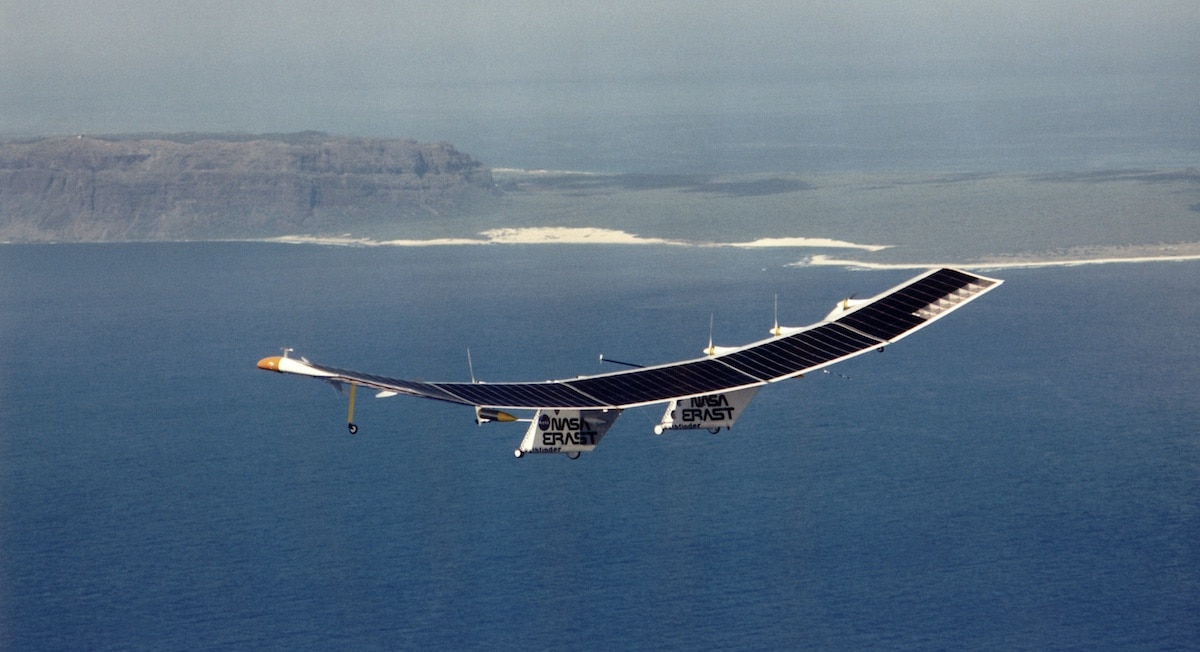
The Indian Air Force (IAF) is taking strides towards enhancing its surveillance capabilities with the issuance of an Expression of Interest (EOI) for the Indigenous Design, Development, and Manufacturing of High Altitude Pseudo Satellite (HAPS).
The need for an innovative solution arises from the absence of technology capable of providing extended and continuous surveillance over an area. High Altitude Pseudo-Satellite (HAPS) emerges as a promising solution—a solar-powered unmanned aircraft system designed to operate at high altitudes for prolonged durations, above the troposphere. Equipped with mission-specific sensors, HAPS offers the potential to significantly enhance the IAF’s ability to fulfil its primary responsibilities and gather mission-critical data.
Continue readingSOURCE: RAUNAK KUNDE / NEWS BEAT / IDRW.ORG
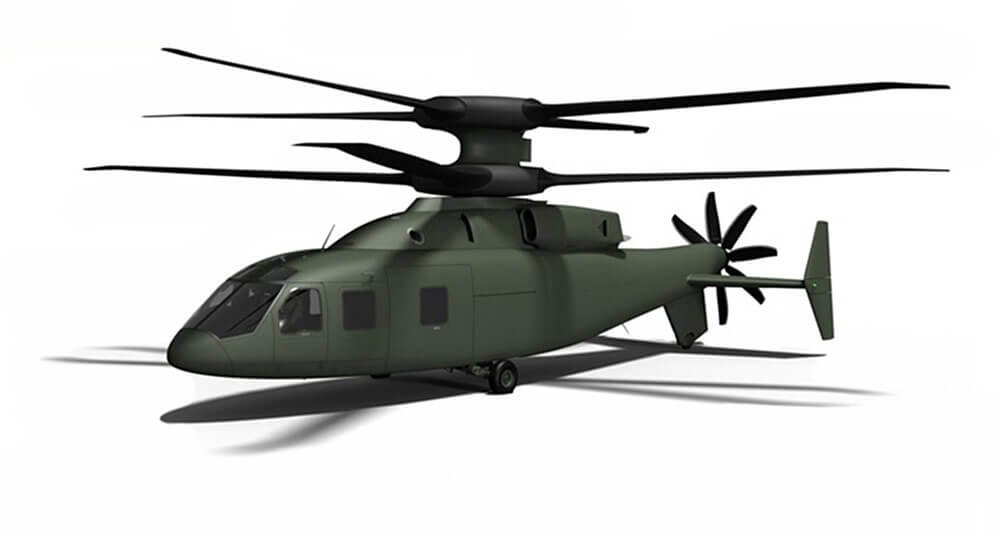
Officials from Hindustan Aeronautics Limited (HAL) have confirmed their consideration of the Future Vertical Lift program under Project Lakshya. This development comes after the commencement of work on the 13-ton Indian Multi-Role Helicopter (IMRH), which is being developed to meet the requirements of both the Indian Air Force and the Indian Army. These requirements include replacing nearly 400 ageing Russian-supplied Mi-17-I Medium Class Helicopters over the next two decades.
While no specific timeline has been provided for the Future Vertical Lift program, insiders suggest that the IMRH design may be optimized in the future. This optimization could involve incorporating two counter-rotating rigid blades that rotate in opposite directions, along with a rear pusher prop.
Continue readingSOURCE: RAUNAK KUNDE / NEWS BEAT / IDRW.ORG

The Indian Army’s quest for Light Armoured Multipurpose Vehicles (LAMV) is gaining momentum with the Defense Acquisition Council (DAC) granting Acceptance of Necessity (AoN) for the procurement of 800 LAMVs. This acquisition is intended for the Mechanised Infantry and Armoured Corps, following a Request for Information (RFI) issued by the Indian Army.
Insiders familiar with the matter have revealed that four major domestic automobile companies in India responded to the RFI last year. With the AoN approval in place, the final evaluation and trial phases are expected to commence shortly.
Continue readingSOURCE: IDRW.ORG TEAM
The Indian Air Force (IAF) is gearing up for a significant expansion of its fighter jet fleet with the recent announcement by Air Chief Marshal VR Chaudhari that it intends to acquire an additional 100 Tejas Mk1A fighter jets. This procurement plan represents a substantial commitment to indigenous aircraft production and marks a milestone in India’s quest for self-reliance in defense manufacturing.
The Tejas Mk1A, developed by the Aircraft Development Agency (ADA) and manufactured by Hindustan Aeronautics Limited (HAL), is a state-of-the-art light combat aircraft (LCA) that has been designed to meet the IAF’s stringent requirements. With advanced avionics, weaponry, and a robust airframe, it is a formidable addition to India’s airpower.
Continue reading